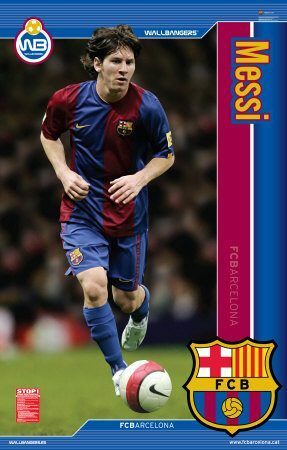15 Examples of Abstractions
Miscellanea / / January 03, 2022
The abstraction is a mental process in which one or more qualities of an object or action are identified and isolated for different purposes: to study them individually, to understand the essence of that quality by distinguishing the important from the accidental, or, applied to more than one similar object, in order to arrive at a generalization.
It is an intellectual activity that occurs in all stages of cognitive development (from childhood to adulthood) and is essential for learning. It is also a concept present in specific areas such as art, natural sciences, philosophy, among others.
What are abstractions?
Individuals identify the characteristics, functions and properties of an object or an action. Then a specific criterion is established, focused especially and in detail on the particularity (s) to be highlighted, by dividing the information.
This process allows you to compare multiple objects to discover the common denominators in all of them.
According to the Swiss psychologist Jean Piaget, the process of abstraction can occur by paying attention to the characteristics of an object (such as its shape, size or color) or from the accumulation of previous experiences, which the individual will be able to associate by identifying elements common to all they.
Examples of abstractions
- Representation of everyday objects. All people can make a mental representation of the objects they know (such as a table, a chair or a dog) from the identification of the general features common to these groups of objects and disregarding the specific aspects in which they could to differ.
- Development of definitions. People retain the fundamental aspects of the item they describe when making these types of brief explanatory statements. To elaborate them, it is necessary to discard the less relevant questions that do not reflect the essence of the concept.
- Diagnosis of a patient. The doctor, in the process of identifying the disease that afflicts a patient, must select and single out the factors abnormalities that are associated with a malfunction of any part of the body and that can contribute to the development of the diagnosis.
- Identifying a vehicle problem. The mechanic who is faced with a car that does not work will have to identify and select the parts of the internal mechanism of the vehicle that show damage or failures to repair them.
- Classification of animals. The biology teacher, when she asks the students to group the different species of animals into their different classes, is asking them to make a abstraction, identifying in each one the fundamental characteristics that could be associated with mammals, amphibians, reptiles, fish or animals. birds.
- Logo development or slogans. An advertiser knows that an advertising slogan or logo must describe in a simple, concise and appropriate way the ideas or values for which the company wants to be recognized among its consuming public. This means that a great level of abstraction will be necessary to properly select the most appropriate information and to be reflected in such a concise text.
- Creating an abstract artwork. The artist who dedicates himself to this type of art is not based on imitation or figurativeism, but rather selects and singles out the essential forms of nature and sensible reality to focus on they.
- Elaboration of generalizations. People, when making a generalization, abstract one or more particular characteristics that they recognize as common to an entire group.
- Solving ordinary problems. Individuals, when seeking to solve everyday problems, select the relevant issues, involved in the issue in question from those that have no impact on compliance with that purpose.
- Description of someone's personality traits. A journalist, for example, starts from previous experiences of interaction with the individual to abstract the particular aspects that make up the character of that person.
- Learning to read. Children who train reading skills appeal to arbitrary symbols determined by the convention of the language users and carry out a series of abstractions such as going from sound to letter and from image to word.
- Solving mathematical calculations. People, when performing a mathematical operation, abstractly replace some aspects of things and apply logical rules to handle those abstractions. Mathematics is an abstract science and that is why it has a wide variety of applications.
- Elaboration of a cartoon. The cartoonist selects and highlights some physical aspects of the individual whom he portrays, with a humorous purpose.
- Creation of an abstract poetry. The poet creates a poetry It does not have a literal and concrete interpretation, but rather emphasizes aspects such as the sound of the words. He seeks to generate a surprising and pleasant effect without the support of reality, based on the sounds and the construction of images with meaning within the poem itself, but not outside of it.
- Construction of an abstract architectural work. The architect applies the mental process of abstraction to weigh the most essential characteristics of the architectural object, subtracting it from the outside world and highlighting its most basic and pure aspects.
It can serve you:



